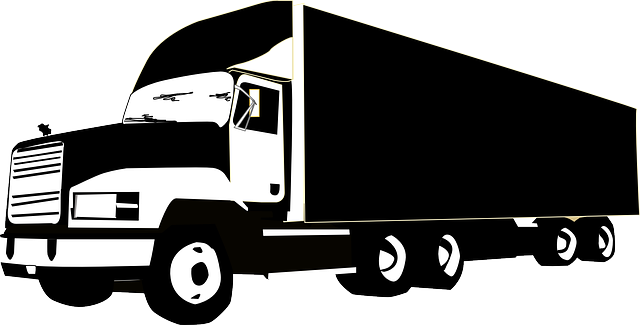“Unraveling the process of registering your car in California? This comprehensive guide navigates you through every step, ensuring a smooth experience. From understanding the state’s unique requirements to securing your vehicle’s identity via critical VIN verification, we demystify each crucial move. Gather essential documents, prepare for the inspection, and learn how to submit applications with the DMV efficiently. By the end, you’ll be cruising California highways with a properly registered ride.”
- Understanding the California Vehicle Registration Process
- Gather Required Documents for VIN Verification
- Perform Vehicle Identification Number (VIN) Verification
- Submit Application and Fees to DMV
- Receive Your California Registration and License Plate
Understanding the California Vehicle Registration Process

Understanding the California Vehicle Registration Process
In California, registering a car involves several steps, designed to ensure safety and compliance with state laws. The process begins with a thorough inspection, known as vin verification or VIN (Vehicle Identification Number) inspection, where you’ll need to provide important documentation including proof of ownership, insurance, and identification. This step is crucial for establishing the vehicle’s history and identifying any potential issues.
After passing the vin verification, you can visit a California Department of Motor Vehicles (DMV) office or use their online services to complete the registration. This includes submitting the required forms, paying the registration fees, and ensuring your vehicle meets all safety standards. For added convenience, some services offer mobile vin verification and mobile vin inspection, allowing you to complete these steps from the comfort of your home or on-the-go.
Gather Required Documents for VIN Verification

Before heading to the California Department of Motor Vehicles (DMV), make sure you have all the necessary documents for VIN verification. The Vehicle Identification Number (VIN) is a unique code that identifies your car, and it’s crucial for registration purposes. Gather your car’s title, which proves ownership, as well as any proof of insurance and identification documents, such as a valid driver’s license or state ID card. Additionally, have the purchase agreement or sales receipt ready if you’ve recently bought the vehicle.
For a seamless process, consider using a mobile VIN verifier, which allows for quick and convenient verifications. This service can be particularly useful when dealing with out-of-state purchases or when your documents are not readily available. Some mobile apps offer real-time VIN inspection, ensuring that all details of your vehicle match the information on record in California.
Perform Vehicle Identification Number (VIN) Verification

Before you begin the registration process, it’s crucial to perform a Vehicle Identification Number (VIN) verification. This step is essential for ensuring that your vehicle is genuine and has not been reported as stolen or had its identity tampered with. A mobile VIN verifier or inspector can help facilitate this process efficiently. They will cross-reference your vehicle’s unique VIN with various databases to confirm its history, including any previous owners, maintenance records, and accident reports.
A thorough VIN inspection is a critical component of the registration procedure in California. By ensuring the accuracy of your vehicle’s identification, you can avoid potential issues later on, such as legal complications or difficulties in insuring your car. This simple step protects both you as the owner and the state’s database, maintaining the integrity of the registration records.
Submit Application and Fees to DMV

After gathering all necessary documents and ensuring your vehicle meets California’s requirements, it’s time to submit your application and fees to the DMV. This step involves a detailed process that requires accuracy and attention to detail. You’ll need to complete the Application for Title and Registration (DMV Form 46), providing comprehensive information about your vehicle, including its make, model, year, and unique Vehicle Identification Number (VIN).
A crucial aspect of this process is the vin verification, which ensures the VIN accuracy and helps prevent fraud. You can choose to conduct this verification through a mobile vin verifier or schedule a mobile vin inspection for added convenience. Once your application is complete and fees are paid, the DMV will process your request, leading to the issuance of a new registration certificate and license plate for your vehicle in California.
Receive Your California Registration and License Plate

After completing your vehicle’s registration application, you’ll need to receive your California registration and license plate. This involves a crucial step known as VIN (Vehicle Identification Number) verification. Many residents opt for a convenient solution by utilizing a mobile vin verifier or mobile vin inspection service, which allows for faster processing at your preferred location.
During this process, your unique VIN is cross-checked against state records to ensure the vehicle’s authenticity and history. Once verified, you’ll be issued a registration certificate and assigned license plates that bear the distinctive California design. This marks the official completion of your car’s registration, enabling you to legally operate it on California roads.
Registering a car in California involves several straightforward steps, from gathering necessary documents to performing a VIN verification. By ensuring all requirements are met, you can efficiently navigate the process and obtain your California registration and license plate. Remember that accurate VIN verification is crucial for a seamless experience.
